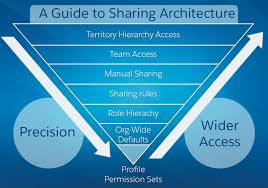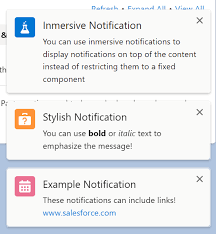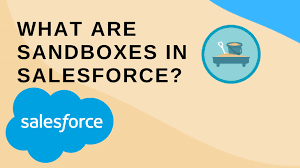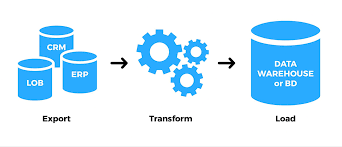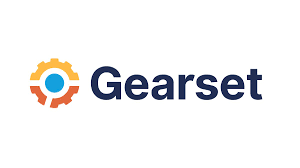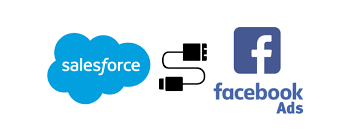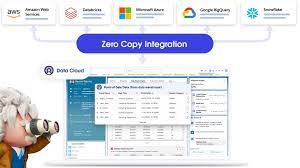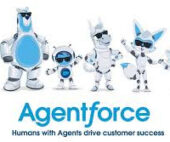Detecting the Hot Chatbot
All the tech giants are eager to prove their chatbot is the hottest in the market. Like wild stallions fighting over the mares, Google, Meta, Microsoft, and OpenAI are competing to show that their AI models have the most momentum. Companies with built-in AI like Salesforce occupy a broader sector. Detecting the Hot Chatbot is the challenge for the consumer. Why Detecting the Hot Chatbot Matters These companies have poured immense resources—both talent and money—into developing their models and adding new features. Now, they’re keen to showcase that these investments are yielding results. What’s Happening In the past few dayss, several major players have released new usage statistics: The Big Picture Generative AI is still in its early stages, and the entire industry faces the challenge of proving that these products deliver real value—whether by capturing market share from the lucrative search industry or by helping companies save money through increased productivity. How are you Detecting the Hot Chatbot. In the short term, however, everyone is eager to show they’re leading the pack. TV commercials for generative AI are now common, with Meta, Google, and Microsoft all airing spots, although the effectiveness of these ads varies. Some companies even boast that their commercials were created using AI—not necessarily the most convincing selling point. Between the Lines The competition isn’t just about consumer popularity; it’s also spilling over into the battle to secure business customers. On Wednesday’s earnings call, Salesforce CEO Marc Benioff made a point of distinguishing Salesforce’s new Agentforce AI sales assistant from Microsoft’s Copilot offerings. “This is not Copilot,” Benioff said. “So many customers are disappointed with what they bought from Microsoft Copilot because they’re not getting the accuracy and response they want. Microsoft has let down many customers with AI.” Microsoft quickly responded in a comment to CNBC. “We are hearing something quite different from our Copilot for Microsoft 365 customers,” said corporate VP Jared Spataro. “When I talk to CIOs directly, and if you look at recent third-party data, organizations are betting on Microsoft for their AI transformation.” The Bottom Line The competition is heating up as tech giants vie to prove they have the upper hand in the AI race and the Hot Chatbot. Customers will ultimately decide. Like Related Posts Salesforce OEM AppExchange Expanding its reach beyond CRM, Salesforce.com has launched a new service called AppExchange OEM Edition, aimed at non-CRM service providers. Read more The Salesforce Story In Marc Benioff’s own words How did salesforce.com grow from a start up in a rented apartment into the world’s Read more Salesforce Jigsaw Salesforce.com, a prominent figure in cloud computing, has finalized a deal to acquire Jigsaw, a wiki-style business contact database, for Read more Service Cloud with AI-Driven Intelligence Salesforce Enhances Service Cloud with AI-Driven Intelligence Engine Data science and analytics are rapidly becoming standard features in enterprise applications, Read more




